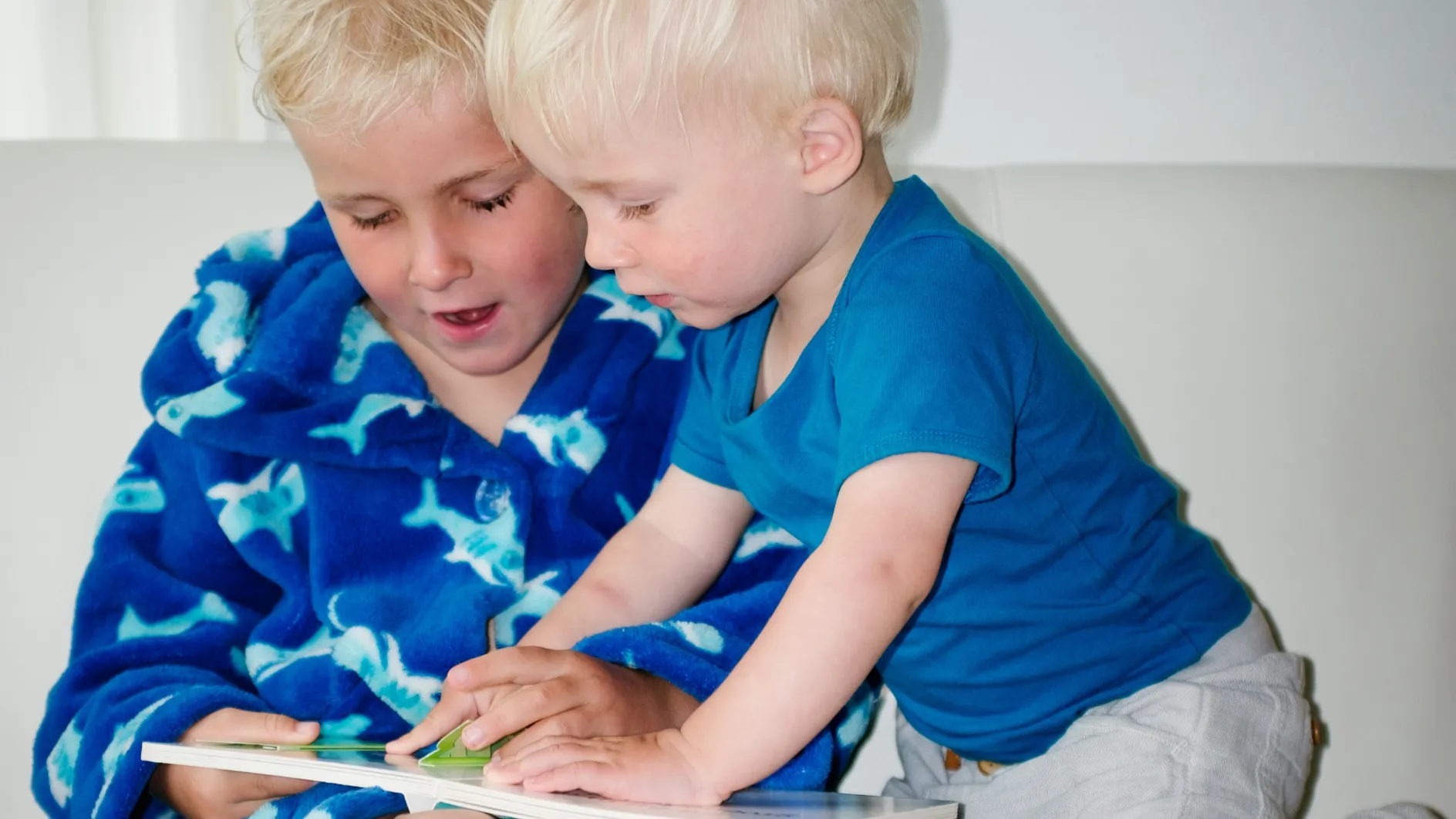
Teaching your children a new language is a wonderful gift you can give them. It can help them to expand their horizons, learn about different cultures, and be more competitive in the global economy.
But teaching children a new language can also be challenging. Children learn differently than adults, and they may not be as motivated to learn a new language if they don’t see the benefits of it.
That’s where this blog post comes in. Here, we’ll share some tips and tricks on how to teach your children a new language in a fun and effective way.
Start early
The sooner you introduce your children to a new language, the better they’ll learn it. Studies show that kids exposed to multiple languages early on become adept language learners later in life. Think of it as giving them a head start in language skills, like planting seeds for future fluency. Young children are like language sponges, soaking up words effortlessly. You can begin with simple conversations or storybooks in the new language. Starting early opens up a world of language opportunities and cognitive benefits, enriching their future.
Make it fun
Children thrive when learning is fun. To help them embrace a new language, turn it into a playful adventure. Games and videos are fantastic tools. Games challenge their minds while feeling like playtime. Singing good songs aids pronunciation and vocabulary, and videos offer a visual and auditory language experience. When learning is fun, curiosity, and enthusiasm flourish, making language acquisition an exciting journey.
Be consistent
Consistency is key in helping your child learn a new language. Setting aside a few minutes each day for language exposure is powerful. Think of it as building a strong foundation, one small brick at a time. Daily routines, like reading or singing, make language learning a natural part of their day. Consistency shows progress over time, motivating them to keep learning. So, make it a habit, and watch their language skills flourish.
Immerse them in the language
One of the best ways to learn a new language is to immerse yourself in it. If possible, try to surround your children with the new language as much as possible. This could involve watching foreign-language TV shows, listening to foreign-language music, and reading foreign-language books.
Don’t be afraid to make mistakes
In language learning, mistakes are stepping stones, not obstacles. Create a safe, encouraging space where your children feel free to make mistakes. Mistakes show they’re actively learning and experimenting. When they know it’s okay to make errors, they become confident learners, willing to explore new words and ideas. Encourage them to speak, correct gently when needed, and share your own language learning journey. This approach builds resilience and fosters a love for learning.

Be patient
Learning a new language takes time. Don’t get discouraged if your children don’t learn everything right away. Just keep exposing them to the language and providing them with opportunities to practice.
Here are some specific activities that you can do to teach your children a new language:
Read books
Immerse your children in the world of language through books. Reading opens doors to new vocabulary and experiences. Libraries and bookstores offer a treasure trove of foreign-language books to explore. Choose engaging stories that captivate their imagination, making language learning an adventure within the pages. Reading together strengthens bonds and nurtures a love for both books and languages, enriching their journey of discovery.
Play games
Learning a new language can be a playful endeavor. Engage your children in language-rich games like bingo, memory games, and matching games. These not only make learning fun but also reinforce vocabulary and comprehension. It’s like turning language practice into an exciting challenge. Through these games, your children not only learn a new language but also create cherished memories of fun and laughter, making the journey enjoyable and educational.
Watch videos
Unlock the world of language and culture through videos. It’s an entertaining way for your children to dive into the new language. You’ll discover a wealth of foreign-language videos online and on YouTube. From cartoons to educational clips, there’s something for every age and interest. Watching these videos sparks curiosity, immerses your children in language, and brings the world closer, making learning a captivating experience filled with exploration and joy.
Talk to them in the new language
One of the best ways to teach your children a new language is to talk to them in it. Even if you are not fluent in the language, you can try to learn some basic phrases and use them in your conversations with your children.
Use technology to your advantage
There are many great apps and websites that can help children learn a new language. These resources can provide interactive lessons, games, and activities that can help children learn at their own pace.

Find a language partner
If possible, find a native speaker of the language that you are teaching your children who is willing to be a language partner. This is a great way for your children to practice speaking and listening to the language in a real-world setting.
Encourage them to use the language in their everyday lives
One of the best ways to help your children learn a new language is to encourage them to use it in their everyday lives. This could involve watching foreign-language TV shows and movies, listening to foreign-language music, and reading foreign-language books. You can also try to find opportunities for your children to practice speaking the language with native speakers.
Make it personal
Children are more likely to be interested in learning something that is relevant to their own lives. Try to find ways to connect the language to your children’s interests. For example, if your child loves to play soccer, you could teach them the names of soccer terms in the new language.
Be creative
There are many different ways to teach a new language. Don’t be afraid to experiment and find methods that work best for your children. For example, you could create your own flashcards, games, and songs.
Celebrate their successes
Every step in their language journey is a milestone worth celebrating. When your children make progress, whether it’s mastering a new word or confidently holding a conversation, celebrate these victories. It’s like sprinkling their path with motivation and excitement. Your recognition reinforces their efforts and keeps their enthusiasm for language learning burning brightly. These celebrations become cherished memories that inspire them to reach even greater heights in their linguistic adventure.
To Sum Up

Teaching your children a new language is a rewarding experience for both you and your child. It can help them to expand their horizons, learn about different cultures, and be more competitive in the global economy. By following these tips, you can help your children on their journey to becoming bilingual or multilingual.








